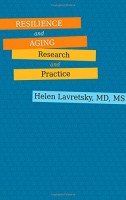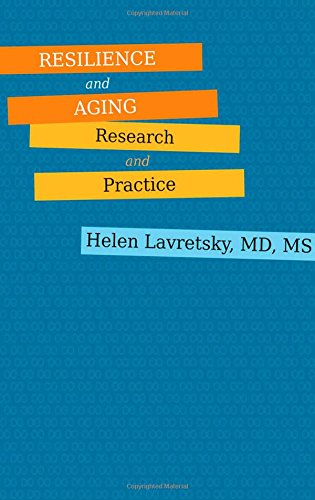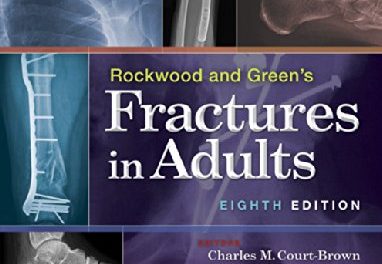 Author: Helen Lavretsky, MD, MS
Author: Helen Lavretsky, MD, MS
Publisher: Johns Hopkins University Press – 255 pages
Book Review by: Sonu Chandiram
“Resilience is a pattern of positive adaptation resulting from past or present adversity or risk that has posed a substantial threat to good adaptation,” according to Dr. Helen Lavresky, the author of this book who is a geriatric psychiatrist.
She writes at the outset that that those who study and treat older people (researchers, clinicians, family members for example) must not only be aware of, but also thoroughly understand the four main problems that aging people face:
- Physical and mental illnesses
- Social isolation
- Cognitive decline
- End-of-life issues
One other issue that this book touches upon is financial insecurity. An August 18, 2014 news item in the Los Angeles Times revealed that more than a third of American adults had no retirement savings at all, and that was the case also with 14 percent of those 65 years old or older. Of those who’ve had money in savings accounts since 2008, low interest rates of one percent or less have provided very little income in today’s actual high inflationary times. A million dollars in cash meant about $10,000 in income, much lower than the national poverty level.
These problems can be overwhelming to anyone, but most especially to older people who face them simultaneously on a daily basis.
In my opinion, developing mental toughness to negative thinking is not the only defensive tool older people need, in order for aging people to live happy lives. To be resilient psychologically, they also need be strong and healthy physically. All of us know of the body-mind connection: when you are healthy physically, you feel good.
This book provides the answers to the issues that caregivers of elderly people deal with, whether they are healthcare professionals (e.g. geriatricians and psychologists) or loved ones. It discusses a whole range of subjects senior adults deal with, as laid out in its 13 chapters:
- What is Resilience in the Context of Aging?
- Psychological Emotional Resilience and Cognitive Resilience
- Resilience and Longevity
- Biomarkers and Neurobiology of Resilience
- Gene-Environment Interaction and resilience
- Common Stressor of Old Age and Their Effect on Resilience
- Spirituality and Aging
- Social Models of Promoting Resilience
- Cultural and Ethnic Factors in Understanding and Building Resilience
- Measuring Resilience in Older Adults
- Resilience-Promoting Interventions
- Building Resilient Communities for Older Adults
- Resilience-Building Interventions and Prevention of Chronic Diseases of Aging
- Epilogue
Dr. Lavretsky explains how high resiliency to physical and psychological problems can be achieved by and for older people. She goes through new research findings on resilience, neurobiology and preventive care. She shows us how the findings can help people main their biological and psychological equilibrium. She shows us how resilience is measured, and how spirituality reduces stress. She describes how these four means can help older people improve their quality of life:
- Allopathy
- Meditation
- Tai Chi
- Yoga
While the four main problems we itemized above are currently of concern mainly to elders and those who care for them, as time goes by, larger portions of the United States’ population will become 60 years old or older. Those will become big issues for the entire country. By 2050, those aged 60 or over will triple, and there will be two elderly persons for every child, the author points out, citing statistics at www.UN.org.
The macroeconomic implications of such highly impactful changes will be immense. They will hit at the very heart of U.S. competitiveness in a globalized world, and will affect all individuals (especially older people) in the U.S. in some way. According to www.Statista.com, the median age in the United States is currently 37.6 years. While the median age in China is just a bit lower at 36.7, for India however, the median age is a low 27. But larger portions of the economies China and India are devoted to manufacturing compared to the U.S.
What has this demographic dividend shown us? That jobs in the U.S. have simply disappeared rapidly and been displaced by Chinese, Indian and other nationals. Such a situation will exacerbate. Why? The U.S. has no strategy to keep jobs at home. China and India have roughly 2.5 billion people, or 36 percent of the world’s 6.95 billion people. Because of their high birth rates, larger portions of their population will be younger, whereas the opposite is the case for the U.S.
Helen Lavrestky, MD, MS is professor of psychiatry at the University of California, Los Angeles and director of the Late-life Depression, Stress, and Wellness Research Program at the Semel Institute for Neuroscience and Human Behavior. She is the co-editor of Late-life Mood Disorders.







